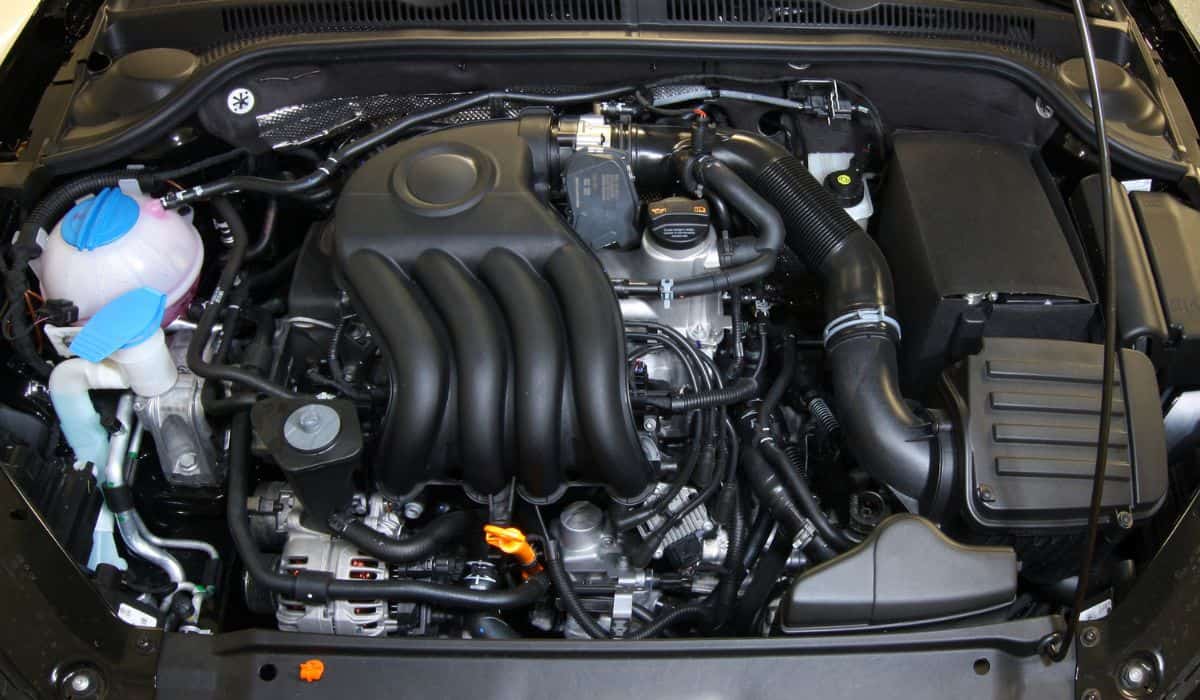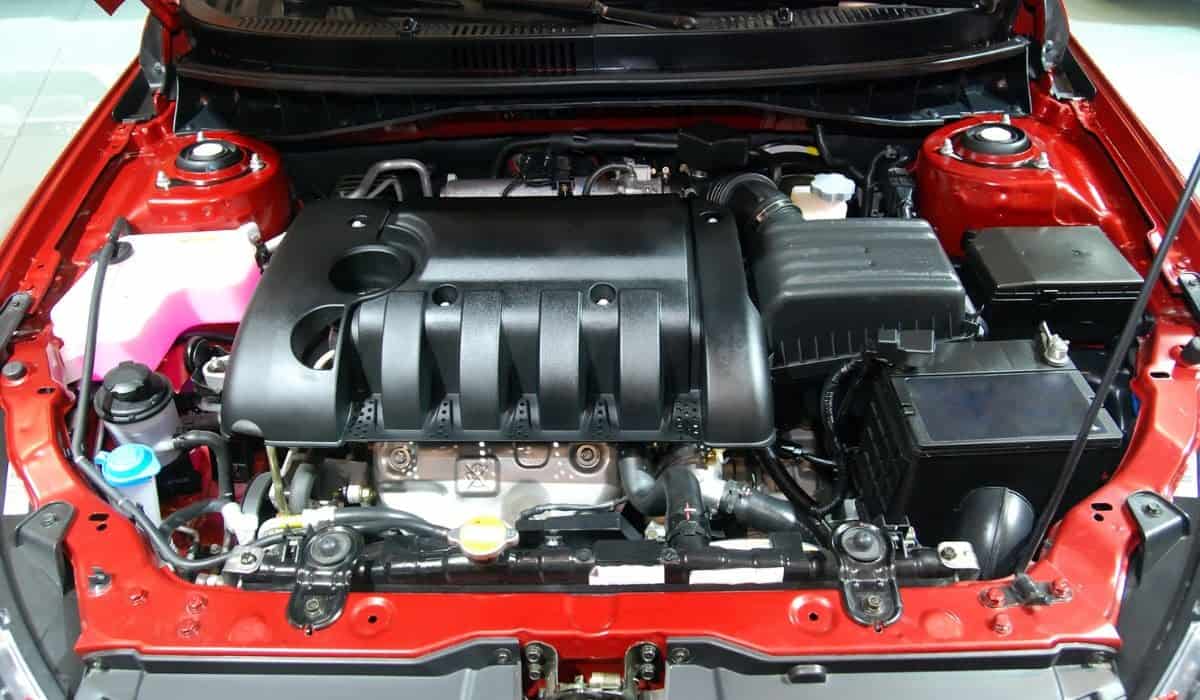Do Car Engines Have Serial Numbers? Here’s What You Need To Know
The engine is one of the most important parts of any vehicle — and a part that you should definitely inspect when purchasing a new (or used) car. So, how can you find out more about a car’s engine? Does it have a serial number?
The engine serial number (ESN), which is present on every car engine, can tell you when and where the engine was made, as well as whether it’s original to the vehicle. Check your owner’s manual to see where the ESN is located, or simply inspect the engine for a metal plate with the number.
Are you wondering what else you can discover from the ESN? Let’s take a closer look at the information it can provide and where you can find it on various engines.
How Do I Find My Engine Serial Number?

The exact location of the serial number on your engine will vary depending on the make of your car. In general, the engine serial number is found on a metal plate attached to the exterior of the engine block.
For most engines, this metal plate is on the left-hand side of the engine, typically near the top. If you don’t see a metal plate in this area, then it’s a good idea to grab your vehicle’s owner’s manual. It will tell you exactly where to find the ESN.
If you don’t have the manual handy, then try checking the right-hand side of the engine; this is the second-most common place to put the serial number plate. Occasionally, the serial number plate appears on the top or bottom of the engine, but this is increasingly rare.
If you still can’t find it, go online and search for “ESN” with your make and model of vehicle. You should find the information you need for locating your serial number.
Once you find the ESN, it might be tough to actually read it, since these things can get quite dirty over time. If this is the case, grab a towel that you don’t mind ruining with oil and a flashlight to help you out.
You may also want to bring your phone so that you can take a picture of the plate and enlarge it; the ESN number can be pretty small.
Do All Engines Have Serial Numbers?
All engines that were manufactured officially have an engine serial number somewhere on them. Engine serial numbers have been standardized to be stamped on metal plates since the 1990s, but if you’re looking at an older engine, you may need to look elsewhere for the number.
Some very old engines have the serial number stamped directly onto the metal of the engine, which can make it more difficult to see. Sometimes, the engine serial number might even be located in the engine, such as behind the oil filter.
If you own a vintage engine, you may need to contact a professional for help. You can also try an internet search to find more information about where you should look for your ESN.
What Information Does the Engine Serial Number Provide?
The ESN can provide a lot of important information about a vehicle’s engine. The information isn’t always listed in the same order, however, making it difficult to decode an ESN on your own.
Below is the information you can get from any ESN:
- The country where the engine was manufactured
- The manufacturer of the vehicle
- The plant where the engine was made
- The type of engine
- The month/year/day the engine was made
- The engine’s specifications
- Whether or not the engine is original to the vehicle
If you want to decode your ESN, it’s fairly easy to do so using an online ESN decoder. There are also online VIN decoders if you would like to decode both numbers for your vehicle.
Are the VIN Number and Serial Number the Same?
The vehicle identification number (VIN) of your vehicle and the engine serial number are not the same. The VIN number includes information about the vehicle in addition to the engine, while the ESN only provides information about the engine.
That being said, your ESN and VIN should have the same last 6 numbers, as this indicates that the engine is original to the vehicle. If the numbers on your engine serial number are completely different from your VIN, then the engine in your car is not the original.
Do note, however, that this is only true of cars manufactured after a certain date. If you purchased an especially old car made prior to 1990, your VIN and ESN may not match even if the engine is original to the vehicle.
As we mentioned earlier, although older cars did have an engine serial number, they weren’t standardized in the same way they are now. If you have questions about a vehicle you’re looking to purchase, it’s always worthwhile to ask the dealer for more information about the VIN and ESN before you buy.
Final Thoughts

At the end of the day, all engines, no matter how old, have an engine serial number. To find yours, grab your owner’s manual or head to the engine itself and start searching. For older cars, you might have to get a bit creative, so bring an old rag and a flashlight for assistance.
